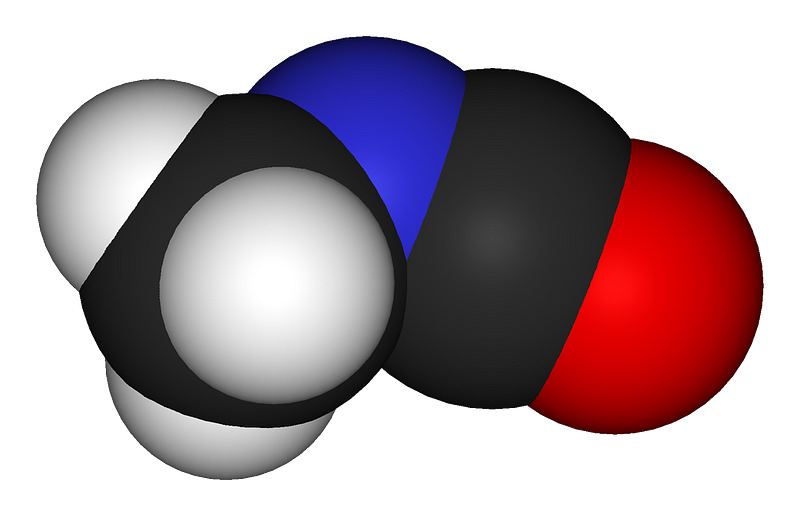Bhopal Gas Disaster: A Tragic Chapter in Industrial History
Written on
Chapter 1: The Catastrophe Unfolds
On December 3, 1984, a catastrophic event in Bhopal, India, claimed thousands of lives and left an indelible mark on the community. The industrial gas methyl isocyanate, known for its extreme toxicity, leaked from a pesticide plant owned by Union Carbide, exposing hundreds of thousands to its lethal effects. This gas, being significantly denser than air, settled close to the ground, infiltrating homes and shacks as residents slept.

As the gas silently permeated living spaces, the worst industrial tragedy in history unfolded, leaving behind a devastated community.
Immediate Consequences
According to sources like the Encyclopedia Britannica, the gas leak resulted in the instantaneous deaths of thousands living nearby. Methyl isocyanate is lethal in substantial amounts, and those closest to the source had no chance of survival. Panic ensued as locals began to experience symptoms of exposure and fled the city.
The symptoms included coughing, severe eye irritation, a sensation of suffocation, lung burning, stomach pain, nausea, and vomiting. In the chaos, tens of thousands evacuated, leaving behind the lifeless bodies of victims.

By the numbers:
- Official death toll: 3,787
- Estimated deaths: ~20,000
- Non-lethal victims: 558,125+
More than 500,000 individuals were exposed to the toxic gas, many suffering from long-term health issues, including respiratory problems and blindness. This tragedy stands as the most significant industrial disaster in history.
Chapter 2: Understanding the Incident
The first video titled "10 worst Industrial disasters ever in history: Watch | Oneindia News" provides an overview of catastrophic industrial incidents, including the Bhopal disaster.
Methyl isocyanate, the primary chemical involved, is used in pesticide manufacturing. However, its high reactivity with water poses handling challenges. A critical error occurred when water was mistakenly introduced into a tank, triggering a violent exothermic reaction.
At around 10 PM on December 2, 1984, water entered the tank, causing pressure levels to soar. By 11 PM, the pressure had reached 10 psi, and by midnight, it skyrocketed to 55 psi. This pressure surge compromised the tank, leading to the explosive release of the toxic gas.
The facility’s safety systems failed, and operators misinterpreted the pressure readings. By morning, the disaster had transformed the landscape, with thousands dead.
Aftermath and Long-Term Effects
The second video, "Bhopal: The Worst Industrial Accident in History," delves into the details of this tragic event and its ongoing implications.
In 2001, Dow Chemical Company acquired Union Carbide, raising hopes for remediation efforts. However, reports indicated that progress slowed, leaving the site contaminated with toxic waste. The local authorities took over the site in 1998, yet substantial cleanup remains elusive.
Consequently, the community continues to suffer from health issues, birth defects, and a deteriorating quality of life. The Bhopal gas leak is not just the worst industrial disaster but arguably one of the most devastating accidents in human history, comparable to Chernobyl.
Despite the scale of the tragedy, it receives far less attention than other disasters. Ongoing protests in Bhopal demand that the government and Dow Chemical take responsibility for the cleanup and provide reparations for the affected community.
For a visual insight into the disaster, refer to The Atlantic's poignant photo collection.
Bhopal: The World's Worst Industrial Disaster, 30 Years Later
Reflecting on the events of December 2, 1984, reveals a tragic legacy that continues to resonate today.
Also, consider the historical context of one of the worst maritime disasters in American history, the Sultana explosion in 1865, which claimed nearly as many lives as the Titanic.
